The conventional wisdom among cosmologists is that the universe experienced a period of “inflation,” a brief burst of accelerated expansion, a fraction of a second after the Big Bang. But theoretical physicist Latham Boyle argues that inflation is a figment of cosmologists’ imagination, and that a better theory of the early universe suggests the Big Bang is a cosmic mirror hiding another universe just beyond the beginning of time.
What was the very early universe like, just a short time after the Big Bang? What happened at the Big Bang itself? What was the Big Bang?
Since the universe is expanding, it was denser and hotter in the past. Astronomers can see this directly because any observation of distant galaxies captures them as they were when their light was emitted toward us. For example, when we look at a galaxy one billion light years away, we are seeing how it looked a billion years ago. So looking further out means looking further back in time, when the universe was hotter and denser.
A particularly vivid illustration of this is the cosmic microwave background radiation. Your eyes detect light (electromagnetic waves in the optical frequency range) so the night sky looks dark – electromagnetic waves in the microwave frequency range do not register with human vision. But if you could see radiation in the microwave frequency range, the night sky would look bright in all directions. Where does this radiation come from?
When the universe was very young, it was too hot for atoms to form, and instead the universe was a plasma full of separate electrons and protons. As it expanded, it finally became cool enough for these electrons and protons to bind together into neutral hydrogen atoms. This was a few hundred thousand years after the Big Bang, when the temperature of the plasma was several thousand degrees Celsius – comparable to the surface temperature of a star! At this time, the universe went from being opaque to transparent: the photons that were previously rattling around between electrons and protons no longer had anything to bump into, and have been streaming across the universe unimpeded ever since.
So the cosmic microwave background that we see today is actually a kind of cosmic selfie that the universe took of itself when it was very young (a mere few hundred thousand years old, compared to its current age of 14 billion years). This snapshot gives us a detailed and precise picture of the universe at that early time – when it was a thousand times hotter and a billion times denser than it is today.
___
Prior to a few hundred thousand years after the Big Bang, the universe was opaque, so we cannot see that epoch directly with our telescopes. If we want to “look back” even further, we must use more indirect means.
___
Can we look back even further? Well, prior to a few hundred thousand years after the Big Bang, the universe was opaque, so we cannot see that epoch directly with our telescopes. If we want to “look back” even further, we must use more indirect means.







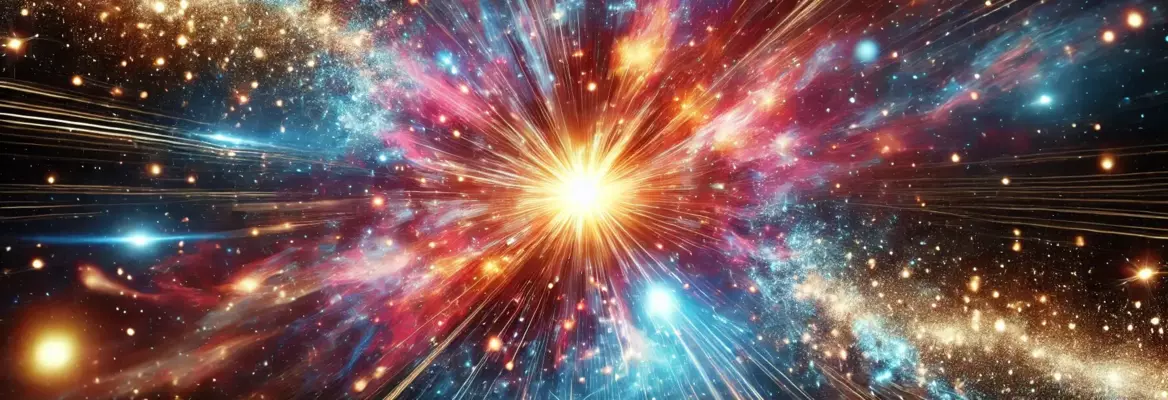



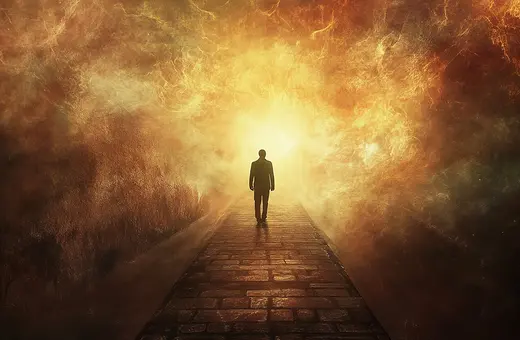
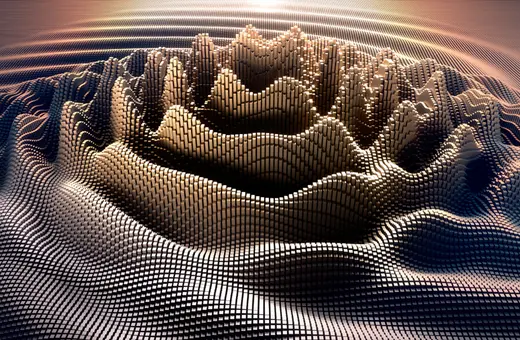
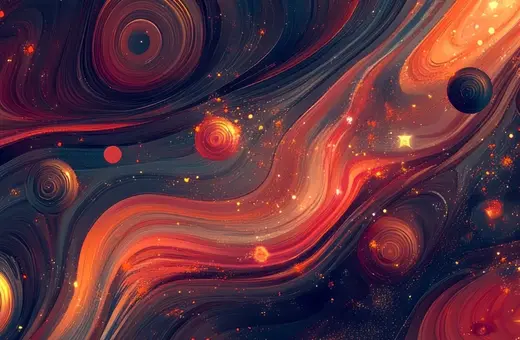
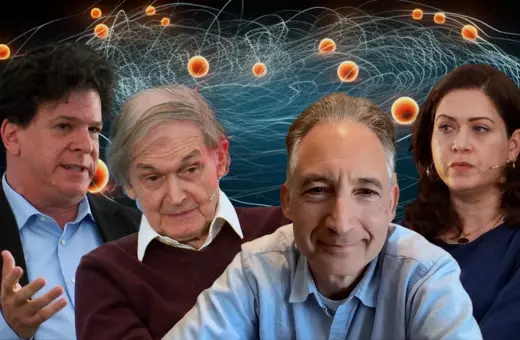






Join the conversation